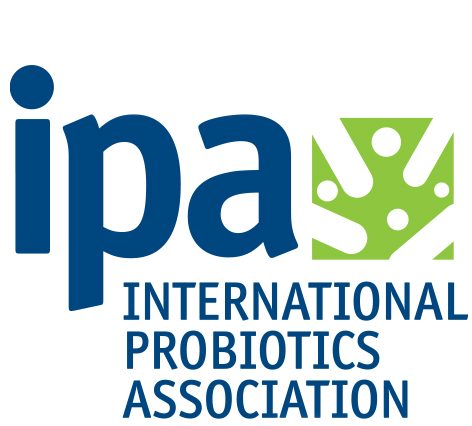Most of us are familiar with lactose intolerance. In this common condition, the milk sugar is poorly absorbed and causes uncomfortable side effects in the bowel. Other short-chain carbohydrates which are naturally present in normal diets including fructose, sorbitol, fructans and galactooligosaccharides may also be poorly digested leading to irritable bowel syndrome (IBS). These and more umbrella under the acronym FODMAP or “Fermentable, Oligo-, Di-, Mono-saccharides And Polyols”.
FODMAPs and metabolites
These short-chain molecules are fermented by bacteria in the gut. If not absorbed, they exude gases including hydrogen, carbon dioxide and methane in the large intestine. Like a balloon, the gut wall stretches and triggers nerve pain, the signature complaint in IBS.
Why not limit FODMAPs to limit the pain?
A little over a decade ago, researchers in Australia produced the first FODMAP diet, complete with extensive data on likely culprits in the food chain. Three of four patients with IBS and related conditions are reported to improve with the diet.
Keith McIntosh and colleagues in Canada made the connection between FODMAPs and the metabolome of patients with IBS. Their work appears in Gut, an online release from the British Medical Journal.
Effects of diets low in FODMAPs were compared to diets high in FODMAPS on various biomarkers in patients with IBS.
Tip: metabolome is the mass of small molecule metabolites.
The study
Of 40 at the outset, 37 patients with IBS finished the three-week study
The following were evaluated:
- Symptoms: IBS symptom severity scoring (IBS-SSS)
- Metabolome: lactulose breath test (LBT), urine mass spectrometry
- Microbiome: 16S rRNA gene profiling
Results in the Low FODMAP group:
- Reduced IBS-SSS
- Minor decrease in hydrogen on LBT
- Metabolites significantly different
- Histamine—a sign of immune activation was reduced eightfold
- Increased Actinobacteria richness and diversity
- Decreased ratio of gas producing bacteria
All in, a very encouraging result set. Low FODMAP diets, though not the easiest of diets, may contribute to the easing of IBS, without drugs.
The following chart is compliments of the Monash University site also available as an app for iPhone or Android.
| Food Category | High FODMAP foods | Low FODMAP food alternatives |
| Vegetables | Asparagus, artichokes, onions(all), leek bulb, garlic, legumes/pulses, sugar snap peas, onion and garlic salts, beetroot, Savoy cabbage, celery, sweet corn | Alfalfa, bean sprouts, green beans, bok choy, capsicum (bell pepper), carrot, chives, fresh herbs, choy sum, cucumber, lettuce, tomato, zucchini. |
| Fruits | Apples, pears, mango, nashi pears, watermelon, nectarines, peaches, plums | Banana, orange, mandarin, grapes, melon |
| Milk and dairy | Cow’s milk, yoghurt, soft cheese, cream, custard, ice cream | Lactose-free milk, lactose-free yoghurts, hard cheese |
| Protein sources | Legumes/pulses | Meats, fish, chicken, Tofu, tempeh |
| Breads and cereal | Rye, wheat-containing breads, wheat-based cereals with dried fruit, wheat pasta | Gluten-free bread and sourdough spelt bread, rice bubbles, oats, gluten-free pasta, rice, quinoa |
| Biscuits (cookies) and snacks | Rye crackers, wheat-based biscuits | Gluten-free biscuits, rice cakes, corn thins |
| Nuts and seeds | Cashews, pistachios | Almonds (<10 nuts), pumpkin seeds |

